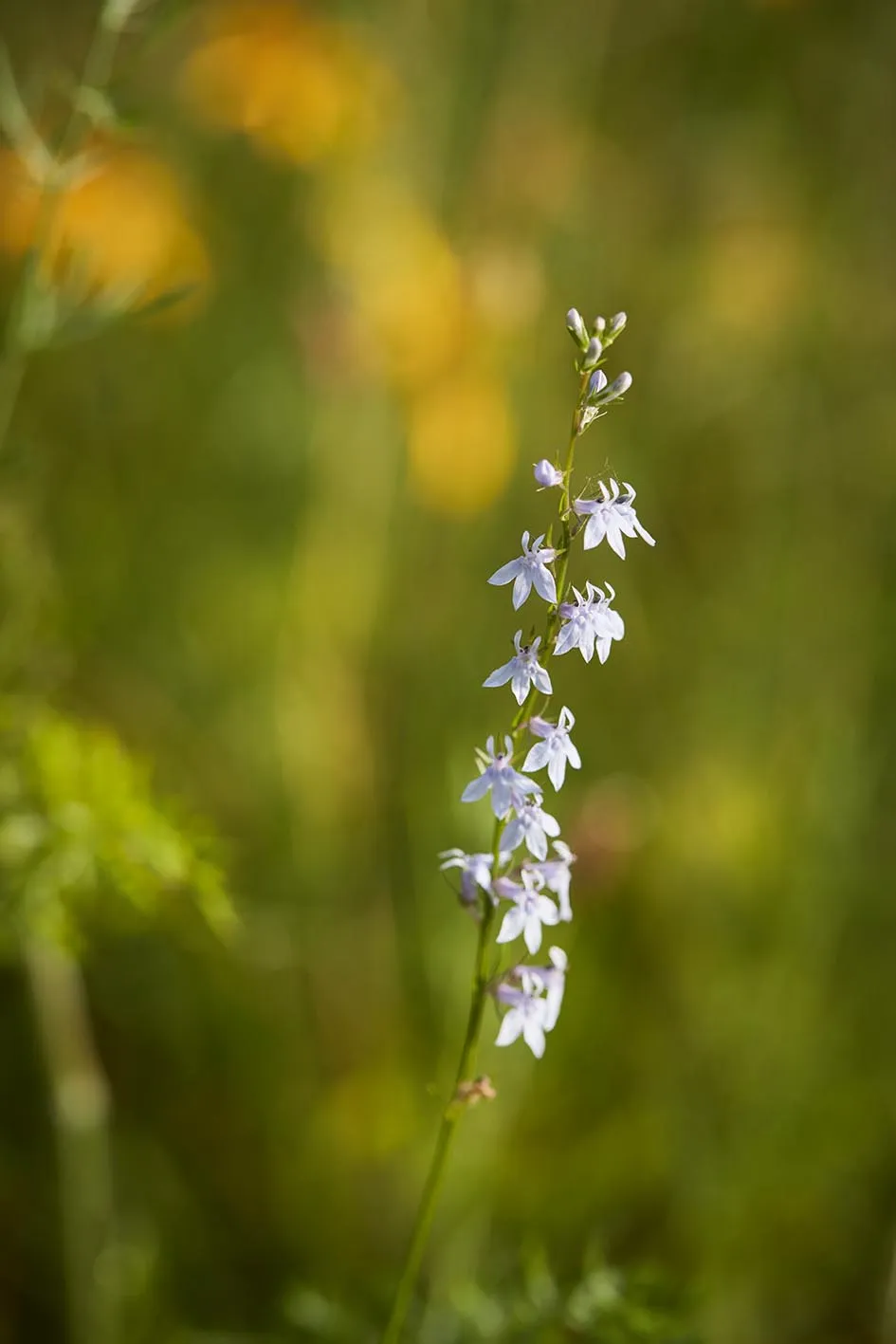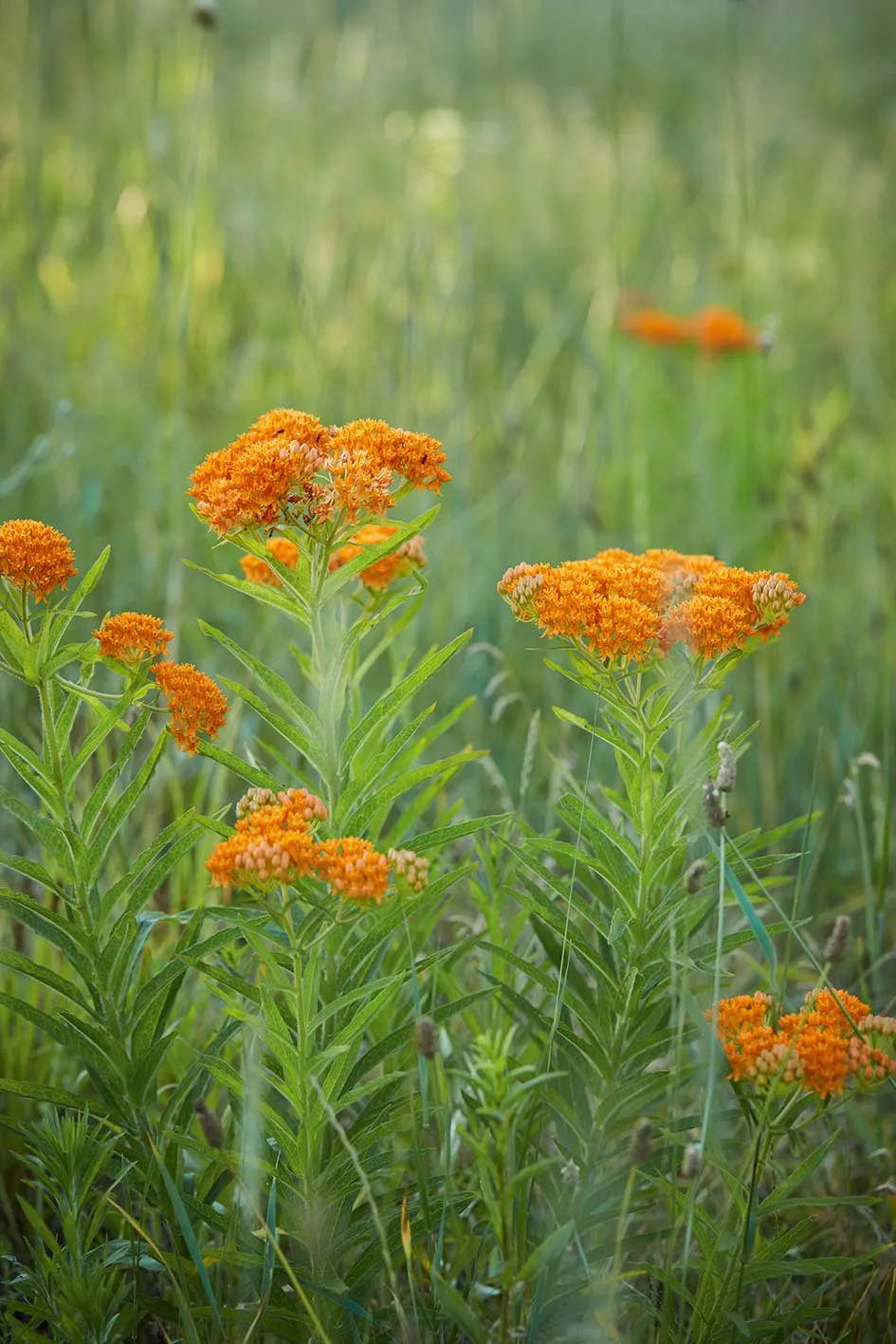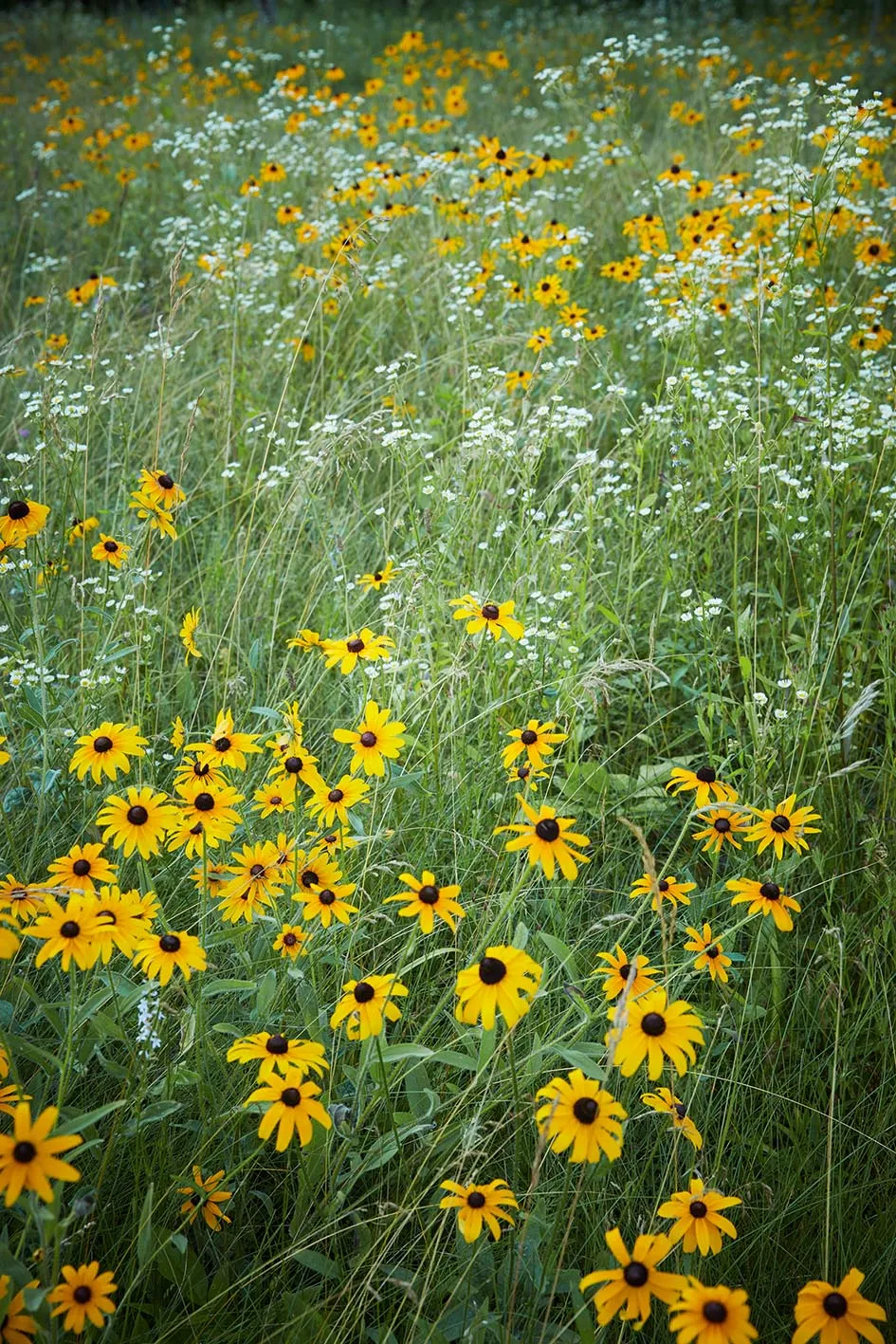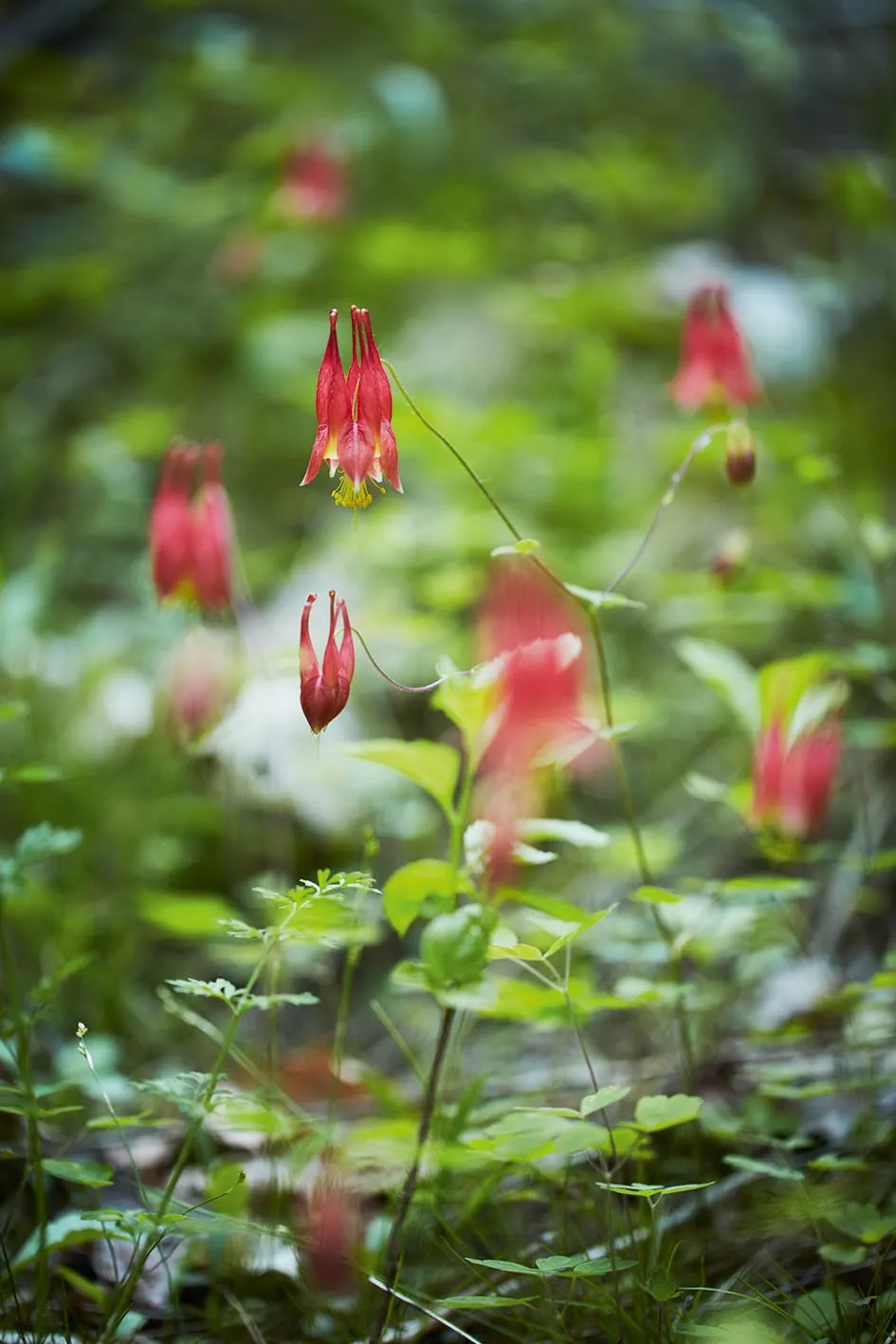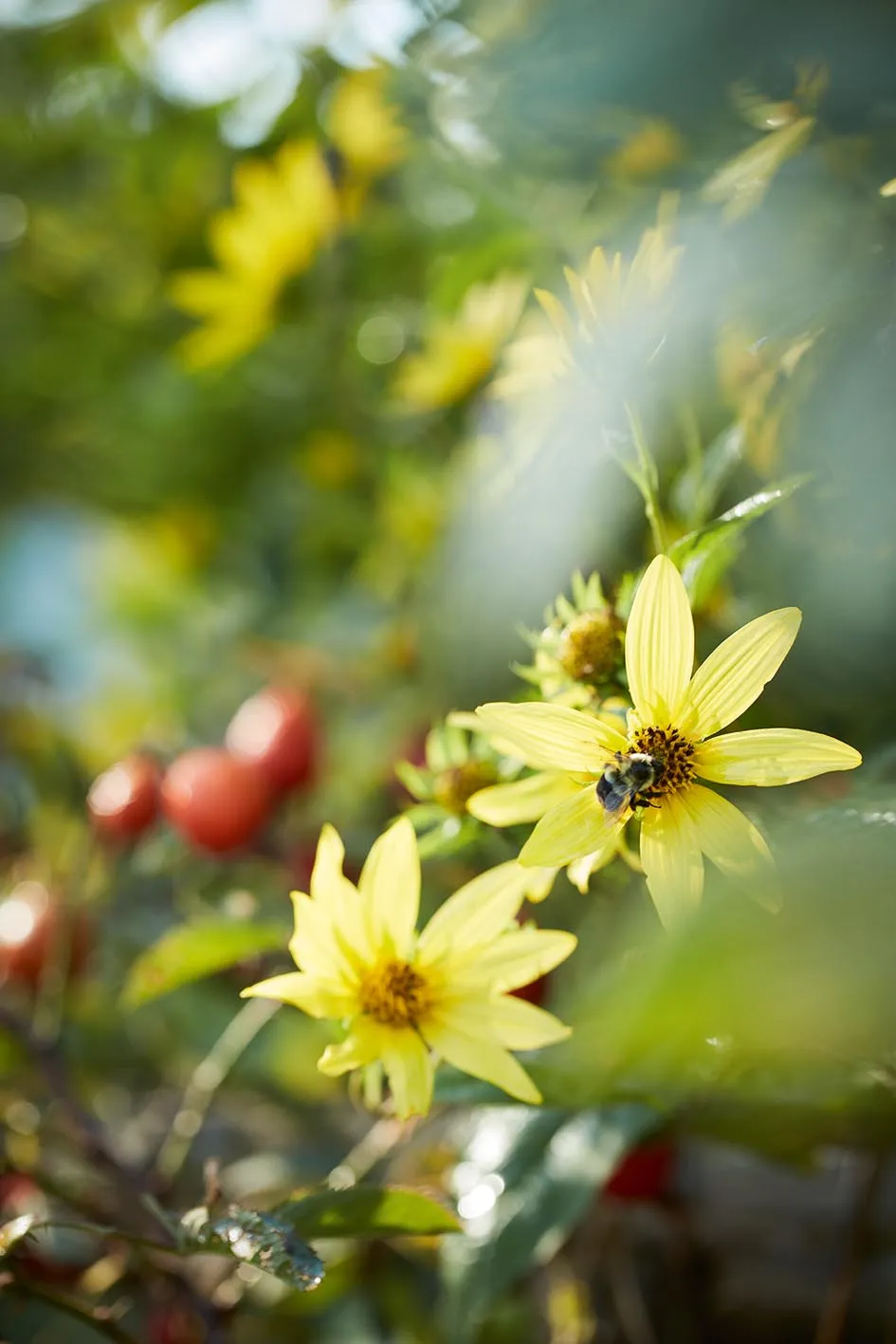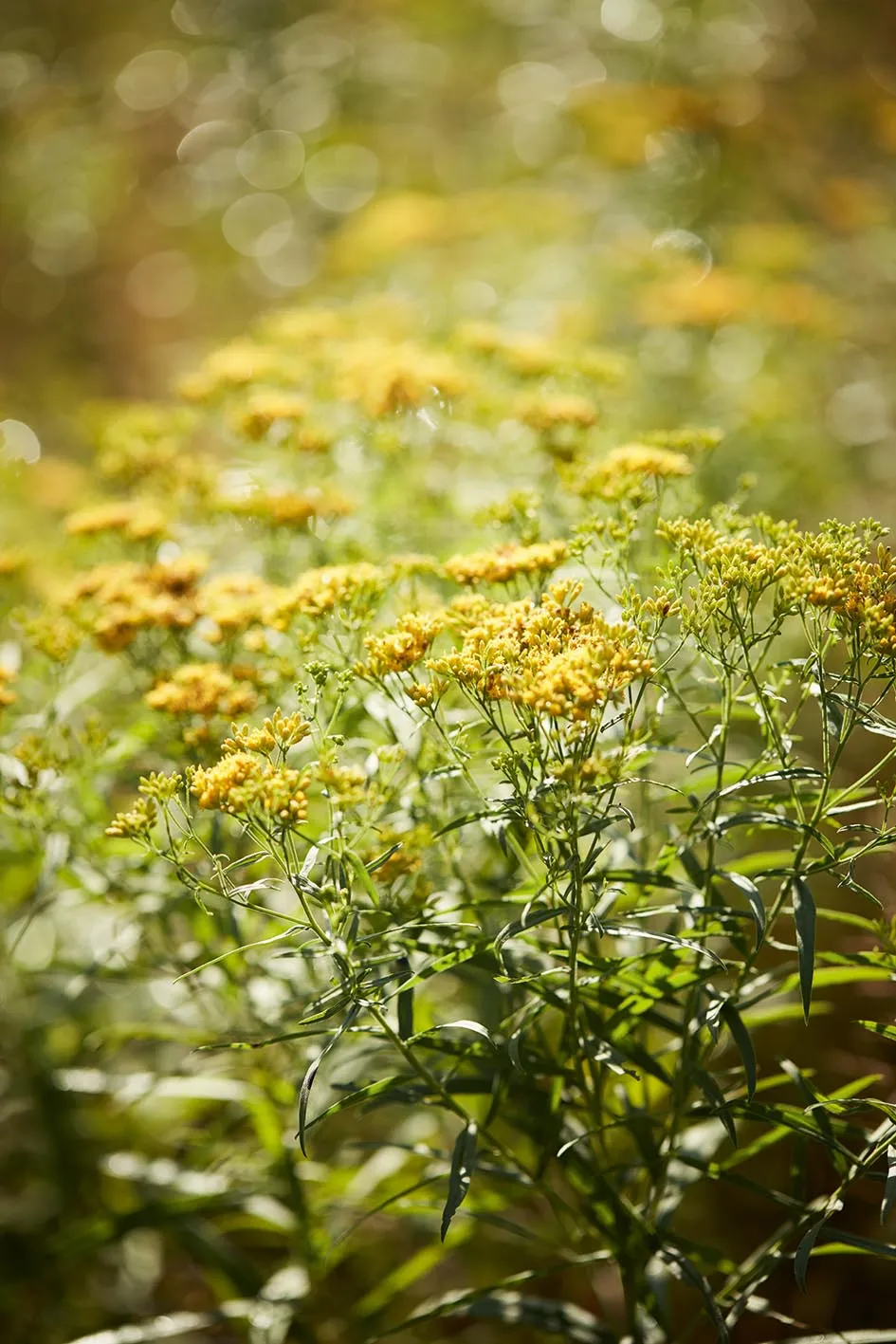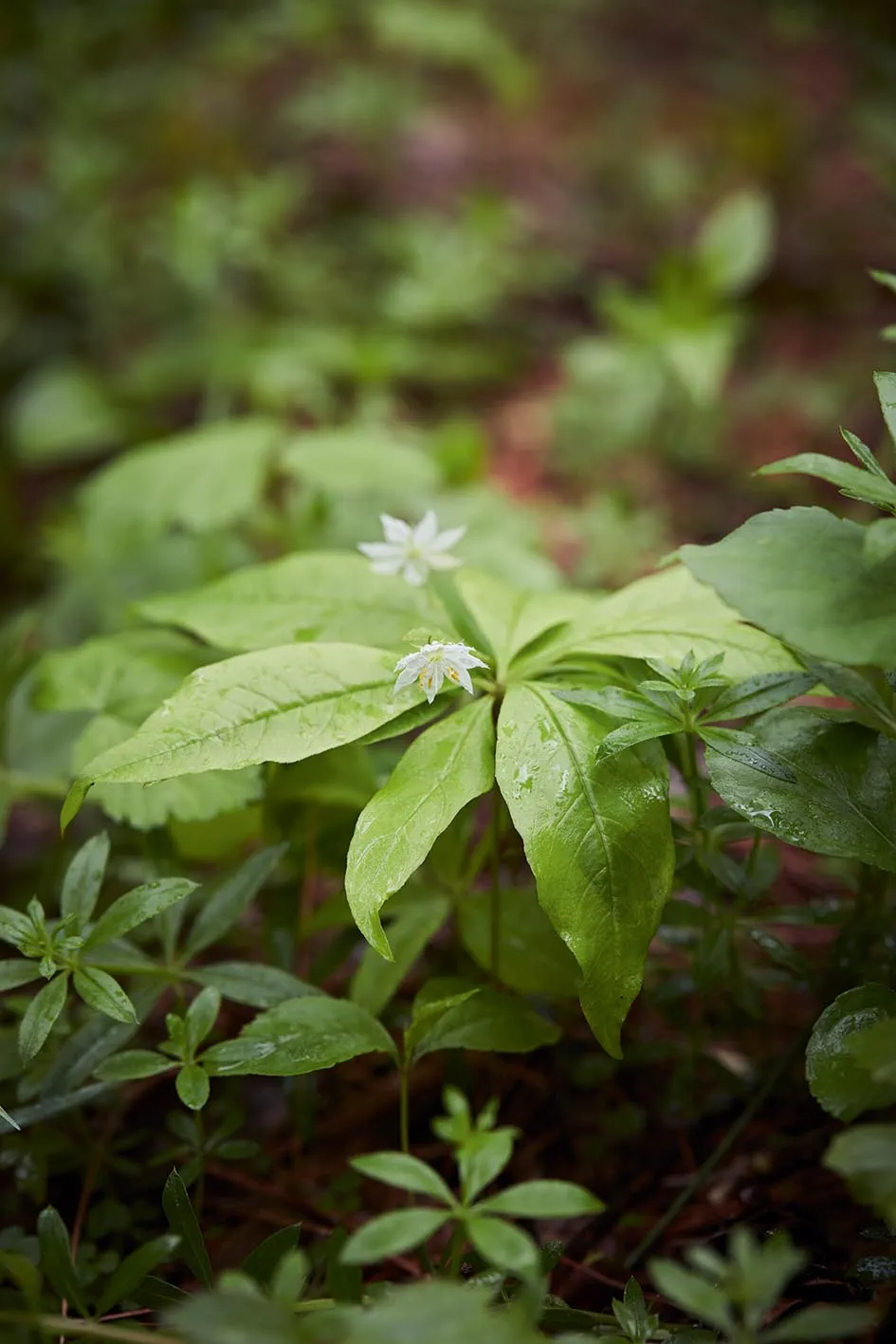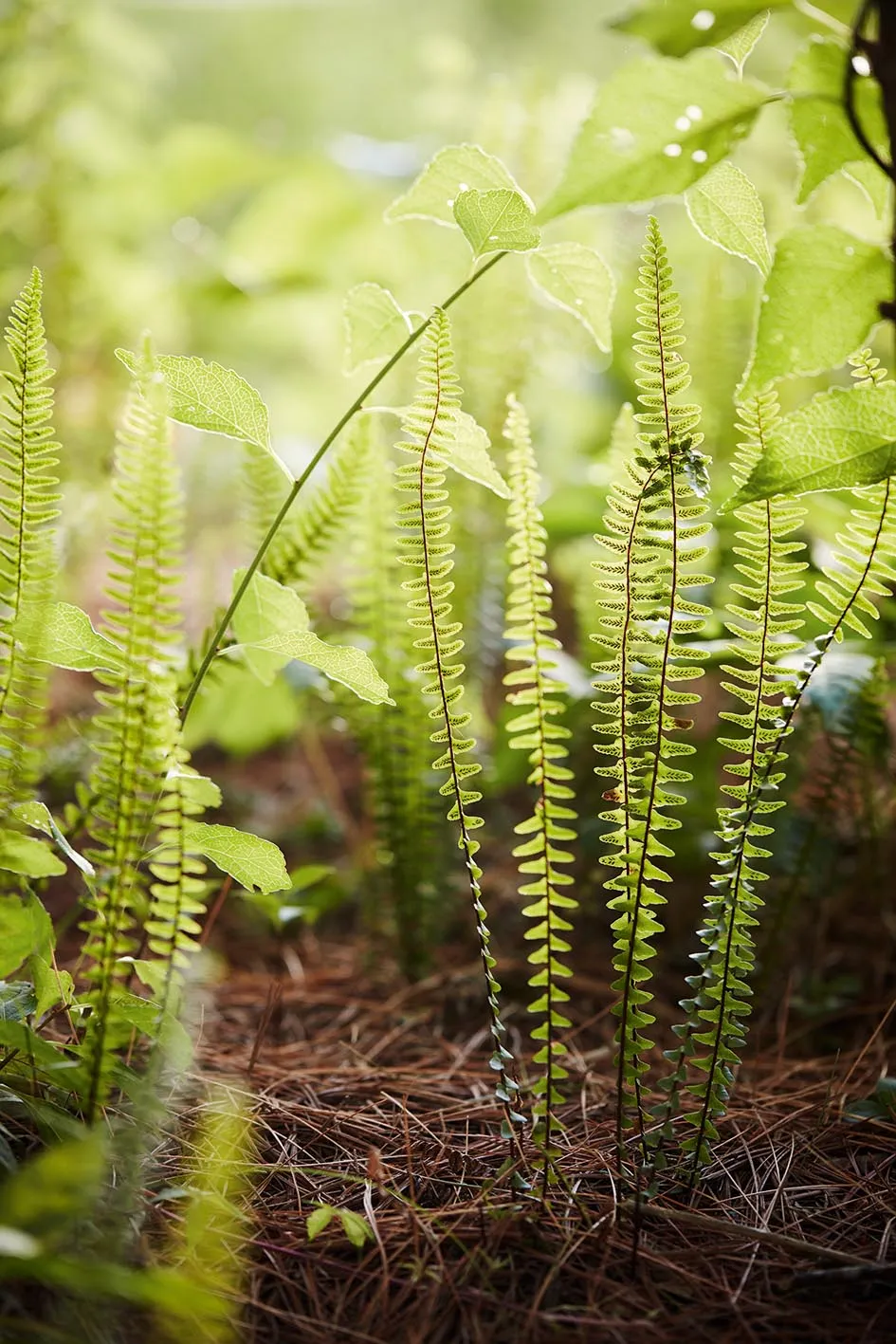A land of lavender and burnt sienna sunsets beckoned Page Dickey and her husband Bosco Schell to New England when they realised their much-fêted garden at Duck Hill in New York had become a Herculean challenge. The intention was “to buy tomatoes now, not grow them” so the move to 17 acres and a drop in climate zone to build bridges across a wetland fen in Litchfield County, Connecticut took their friends by surprise. But Church House, built in 1793 as the first Methodist church to be erected in New England, was something of a call of the wild for them both and the wetland fen is only one in a rich matrix of interlocking habitats they now inhabit. The limestone boulder-strewn woodland with a quarry, from which yard-long icicles drip in winter, melts to a weep-worthy carpet of native bulbs, ferns and grasses; there are gasp-inducing, perennial-rich, butterfly-enticing meadows and a heavenly garden open to the landscape but subtly fenced off from bears and deer. See more of how Page has transformed the gardens, woodlands and meadows below.
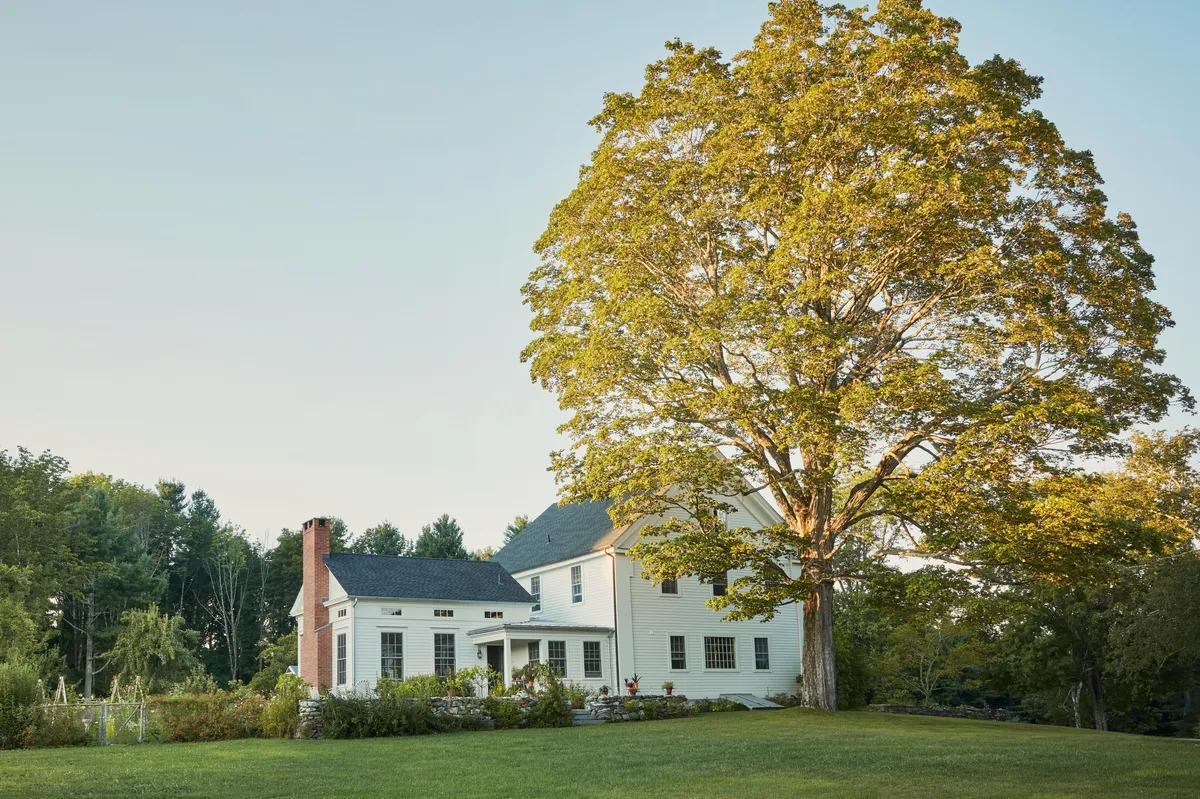
Page Dickey’s new home, Church House in Connecticut, was built in the 18th century as a Methodist church. Towering above it is huge Acer saccharum, a “great and glorious sugar maple with furrowed bark streaked with black green moss” that is within touching distance of Page’s third-floor study window.
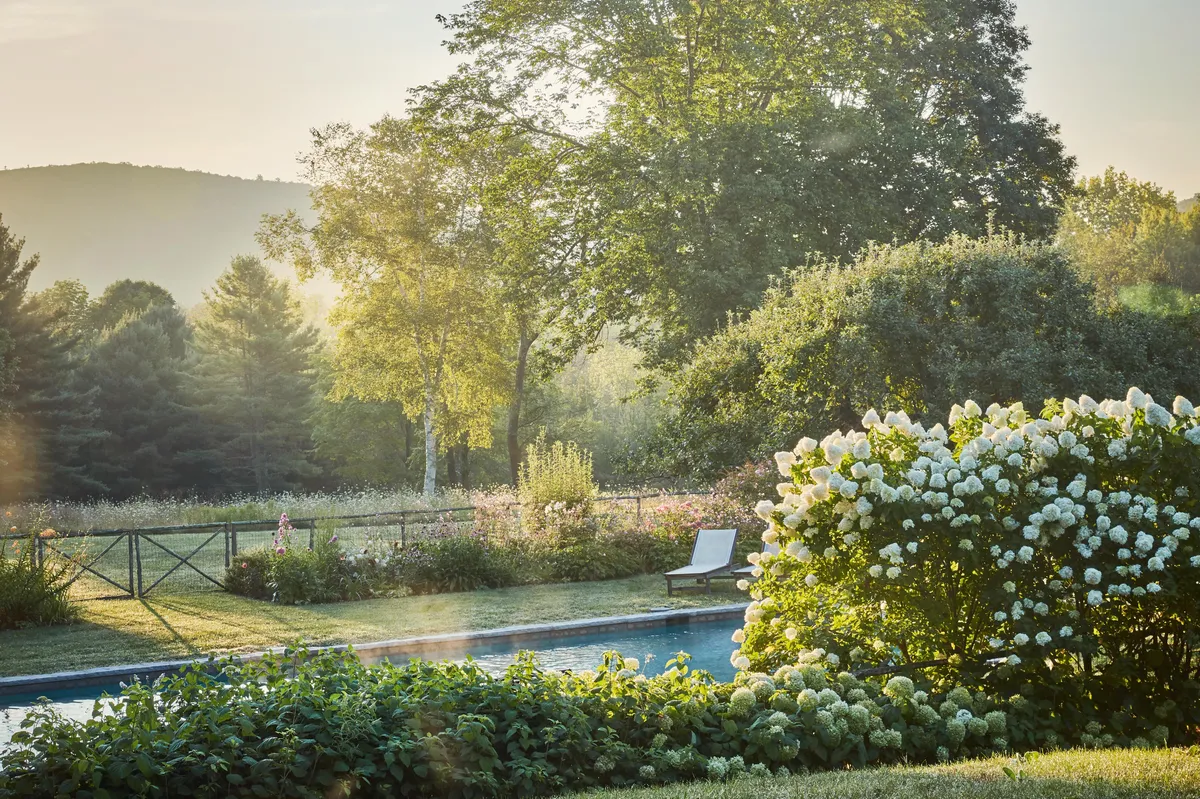
When Page and Bosco arrived at Church House the pool garden already benefited from a hardy hydrangea theme with Hydrangea arborescens ‘Annabelle’ and Hydrangea paniculata cultivars ‘Limelight’ and ‘Tardiva’. To these cool whites Page has added two deep-pink Hydrangea paniculata cultivars, ‘Quick Fire’ and ‘Fire Light’, the fern-leaved Hydrangea arborescens ‘Green Dragon’, and two early bloomers, Hydrangea paniculata Little Lamb (= ‘Lammetje’) and Hydrangea ‘Dharuma’.
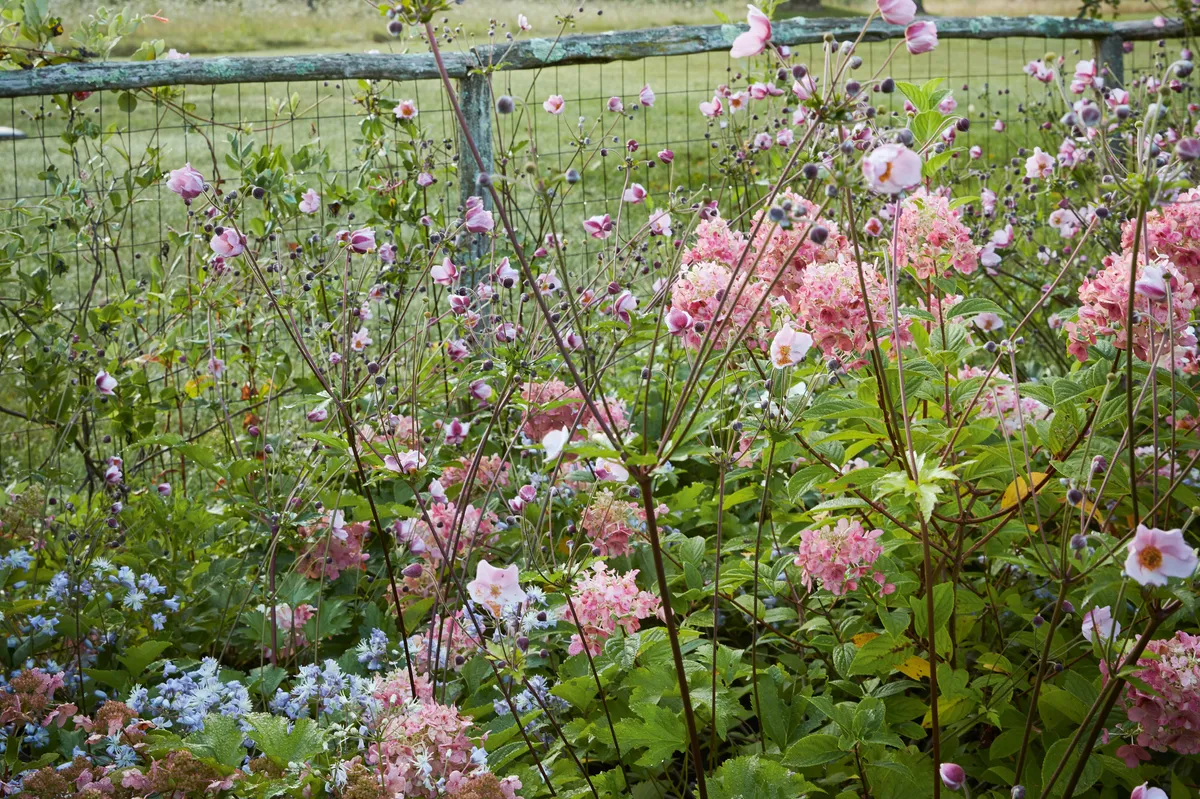
A cedar post and rail fence, creates a rustic enclosure for the pool garden. In front of it, the carpet of pink-flowering anemones pre-dates Page, but she believes it is the pretty but slightly thuggish Anemone x hybrida ‘Robustissima’, which she has discovered is named with good reason.
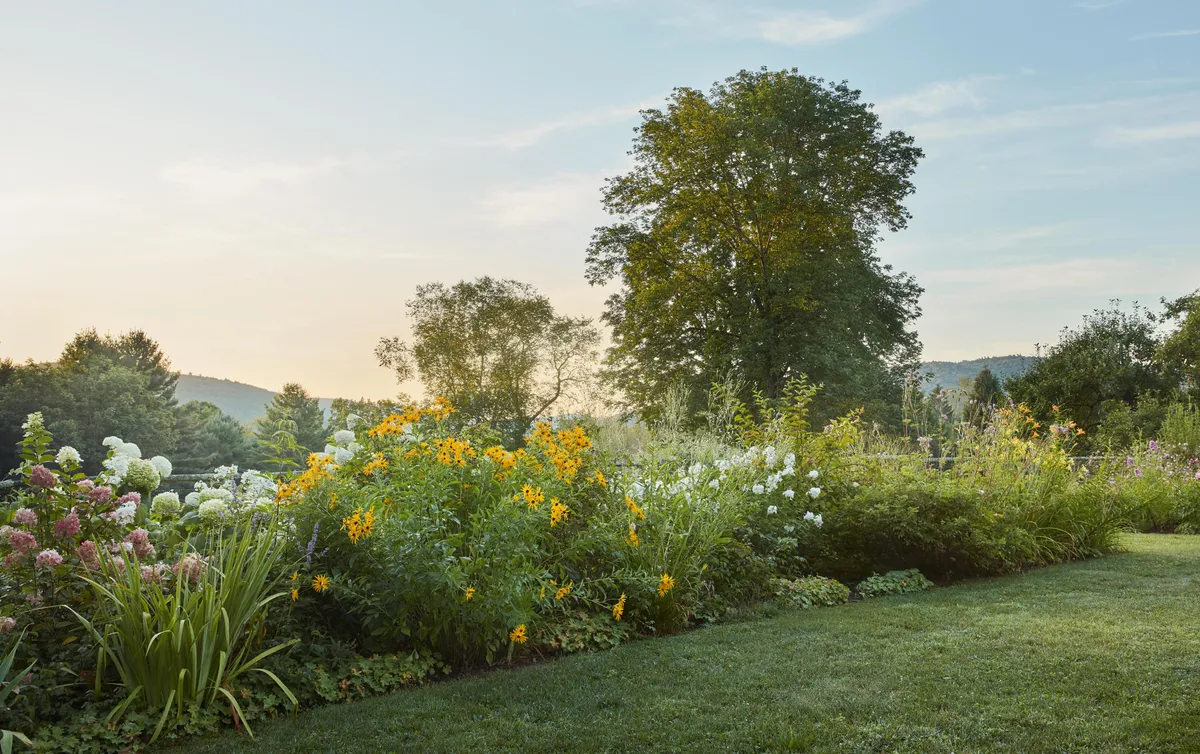
A burst of bright-orange Rudbeckia subtomentosa is woven into the pinks and whites of the pool enclosure beds where the mildew-free Phlox paniculata ‘David’ joins hydrangeas and anemones.
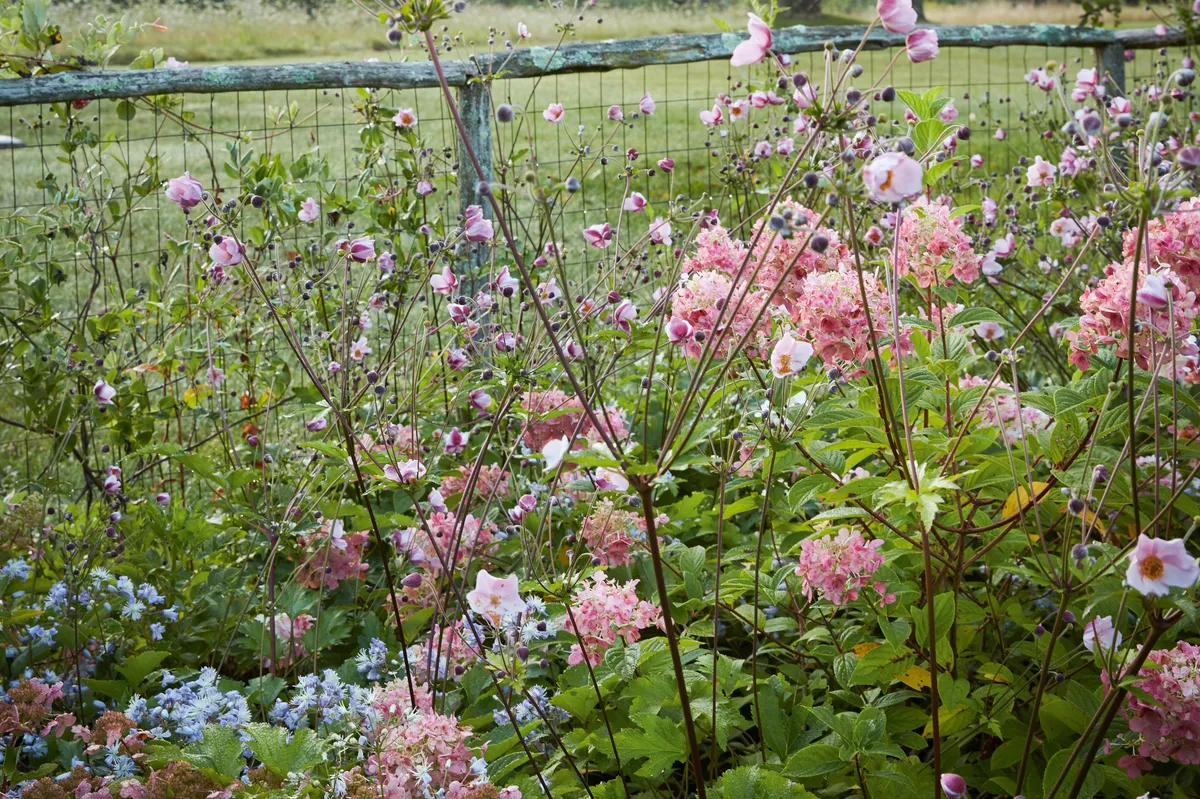
Fence posts and wigwams for sweet peas are made from the native cedar found in the Church House woods. Here in the cutting garden rudbeckias, zinnias, dahlias and cosmos grow in rows for the exuberant arrangements Page places throughout the house.
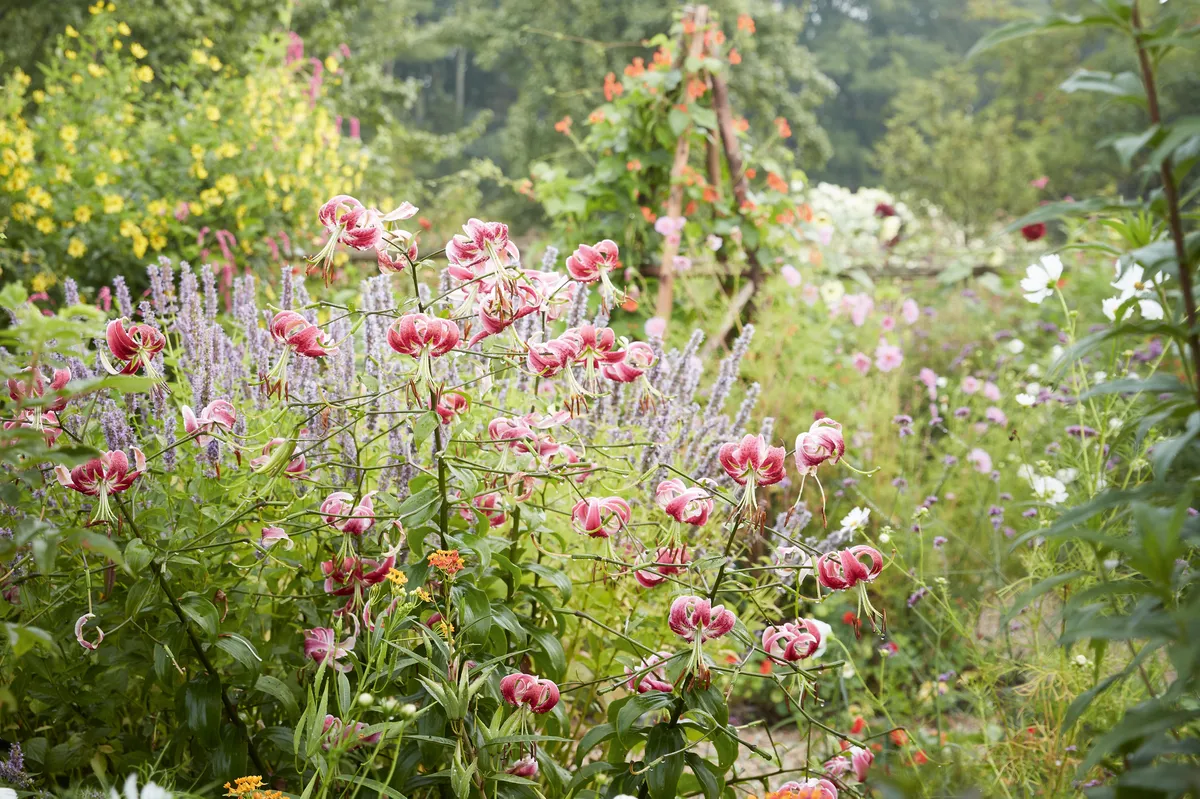
A mix of Helianthus ‘Lemon Queen’, pink and white cosmos, sweet peas, Agastache ‘Blue Fortune’ and Lilium ‘Black Beauty’ create a joyful medley in Page’s cutting garden.
8 key plants from Page's meadow
.
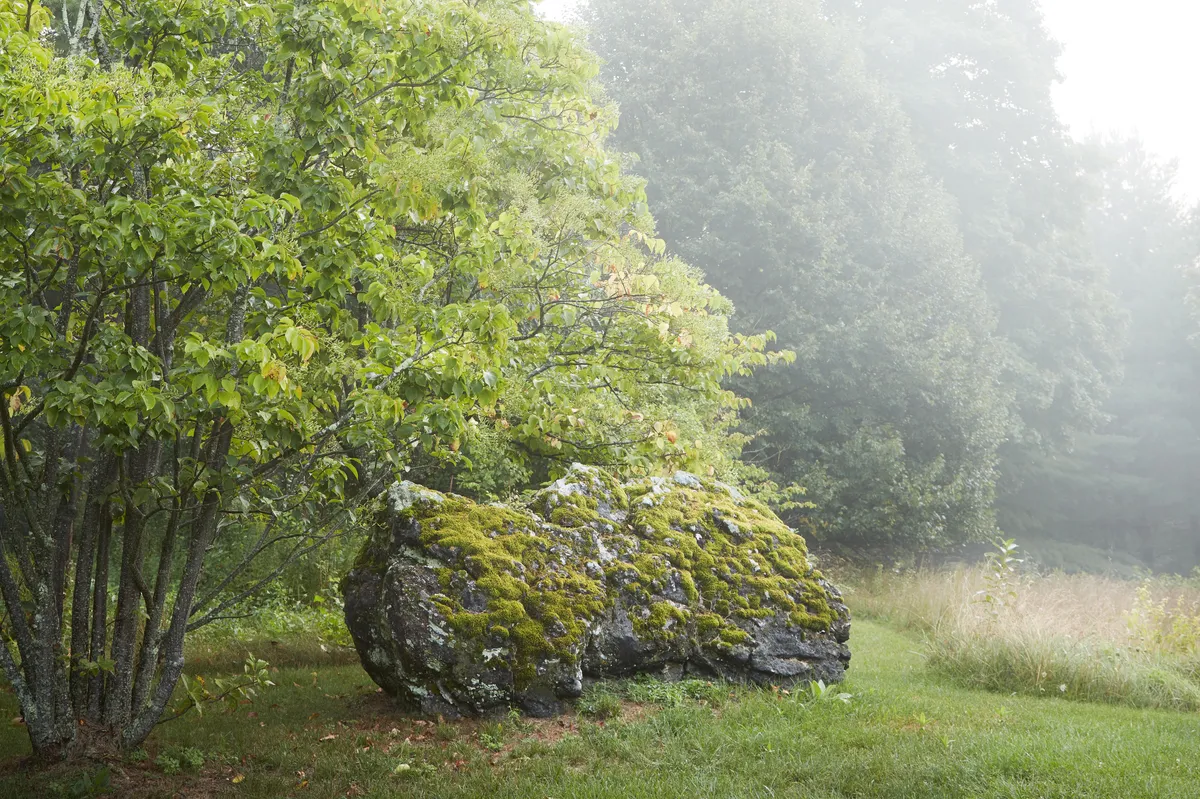
Moss-encrusted limestone boulders in one of Church House’s meadows marks a transition to the solid rock of the high woods behind.
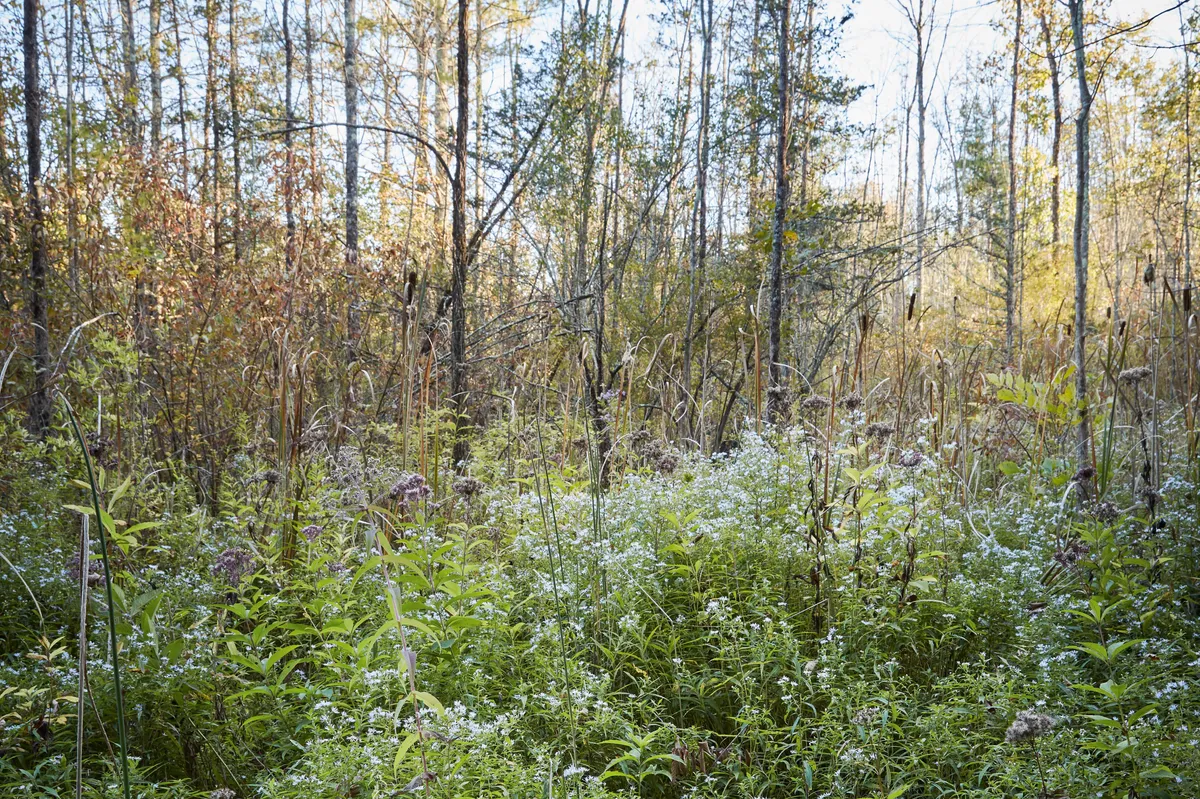
The fen, an open calcareous wetland, rich in minerals and plant species, is carpeted by late September in the panicled aster, Symphyotrichum lanceolatum. This sunlight-filled habitat contrasts the adjoining low wood where red and swamp maples, American hornbeam, Carpinus caroliniana and elms tower over shrubby willows and dogwoods.
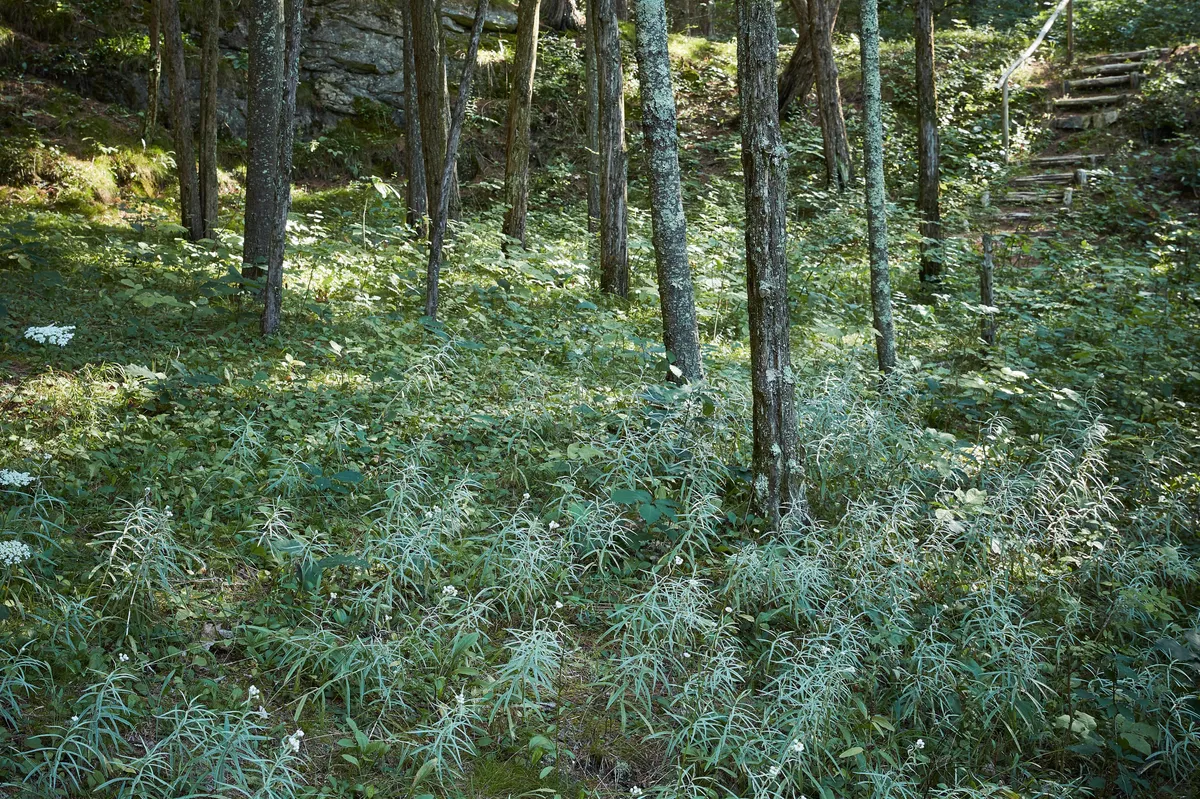
Anaphalis margaritacea, grows in the high woods that are peppered with rocky outcrops among the moss- and lichen-encrusted trunks of white pine, eastern red cedar and chinkapin oak, Quercus muehlenbergii. A bluff leading to the picnic rock and vernal pool is scaled via rustic cedar logs set into the slope.
The garden in brief
What A private garden surrounded by meadows and woodland.
Where Connecticut, USA.
Size 17 acres.
Soil Calcareous (the garden is on limestone ledge rock). Quick-draining near house; deep rich soil in low woods and fen.
Climate Hot summers and cold winters, usually with a good deal of snow.
Hardiness zone USDA 5b.
